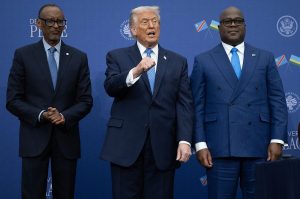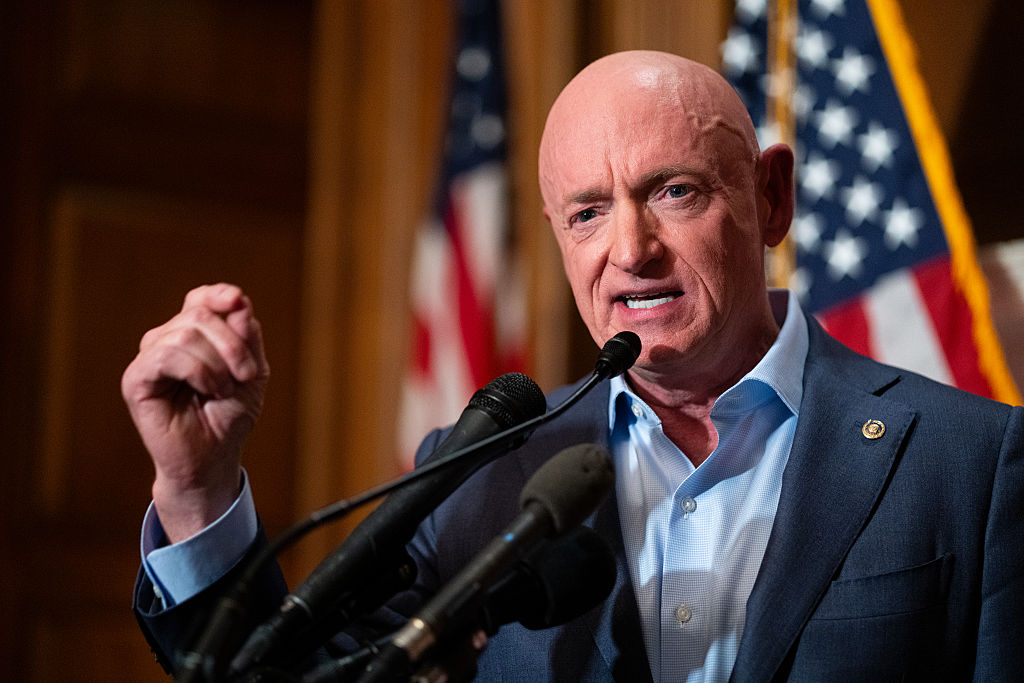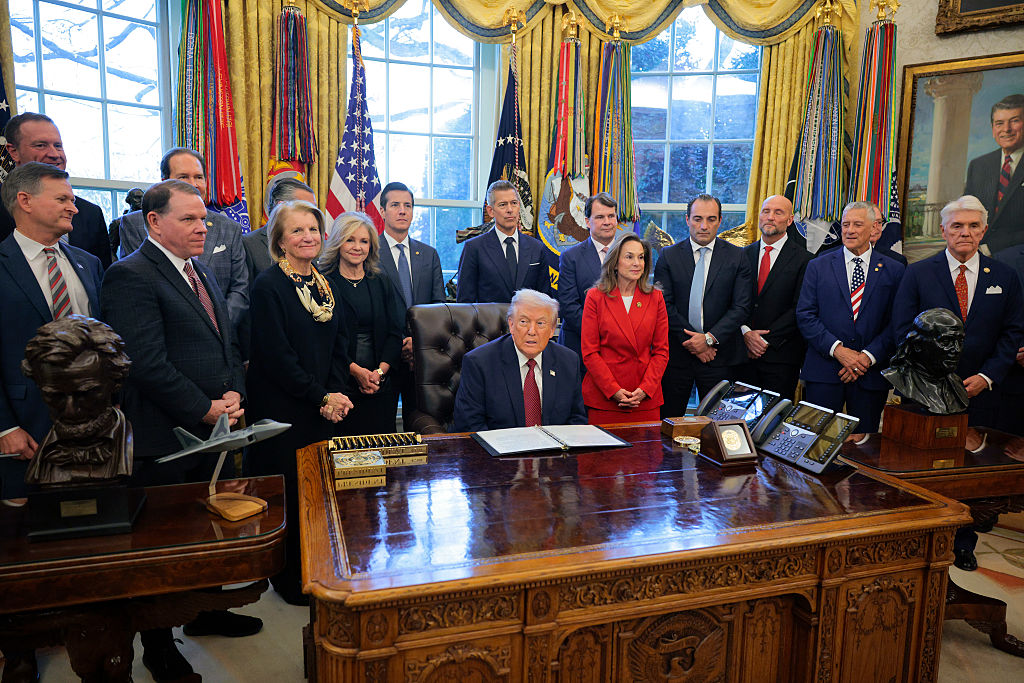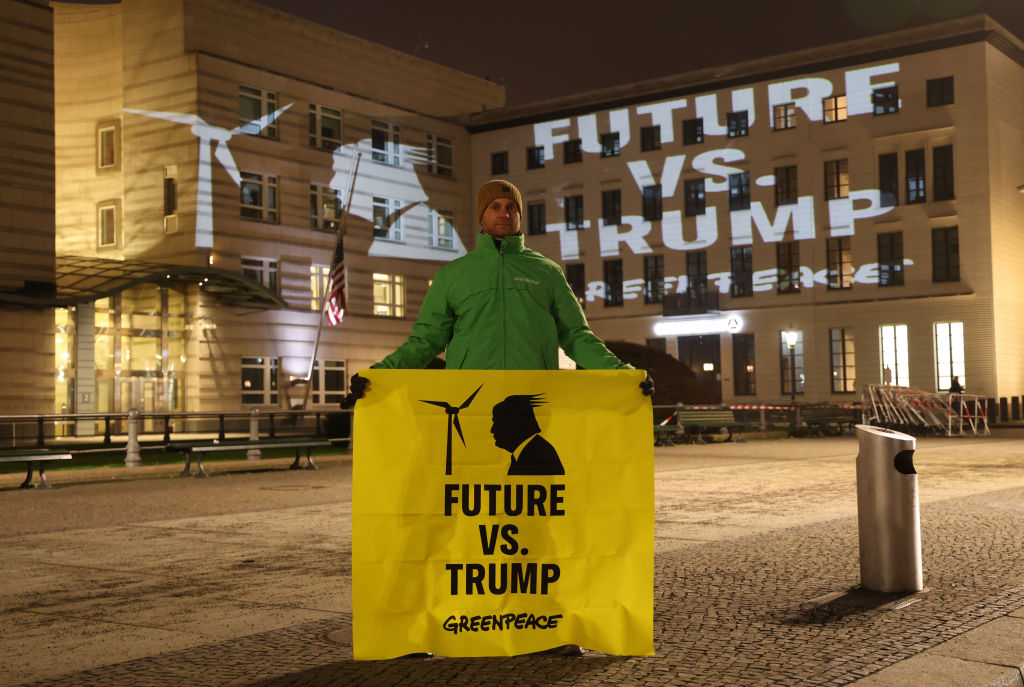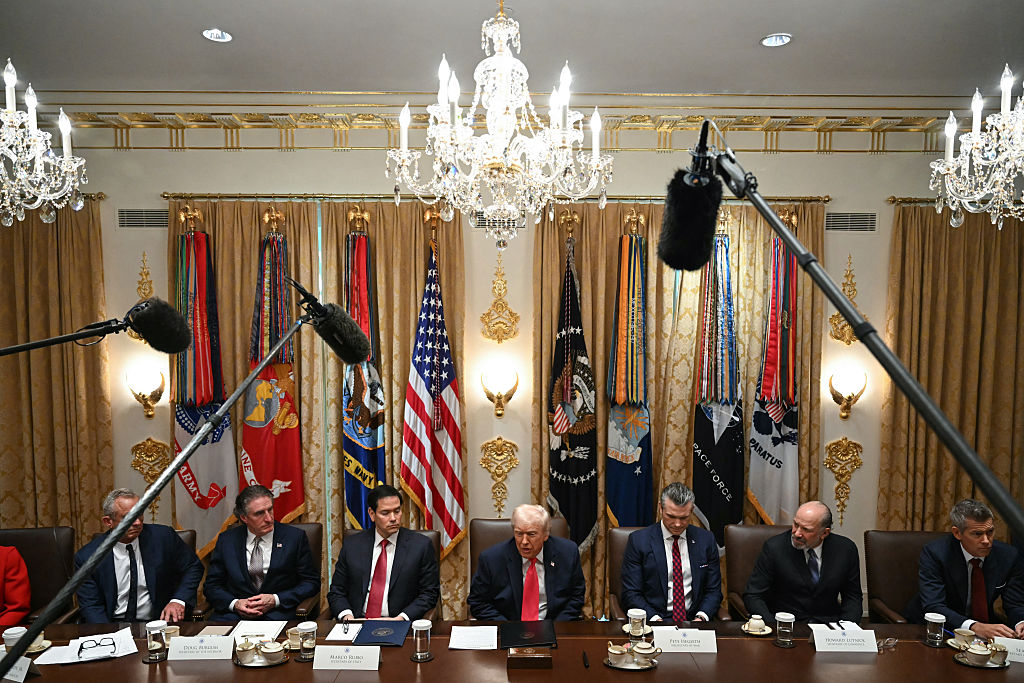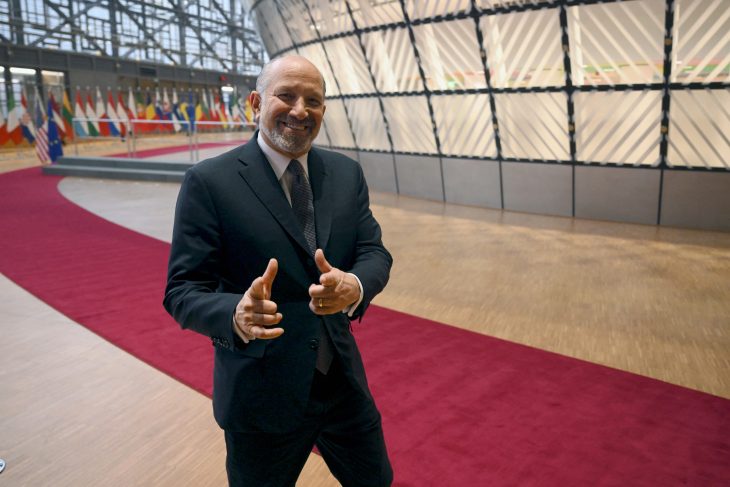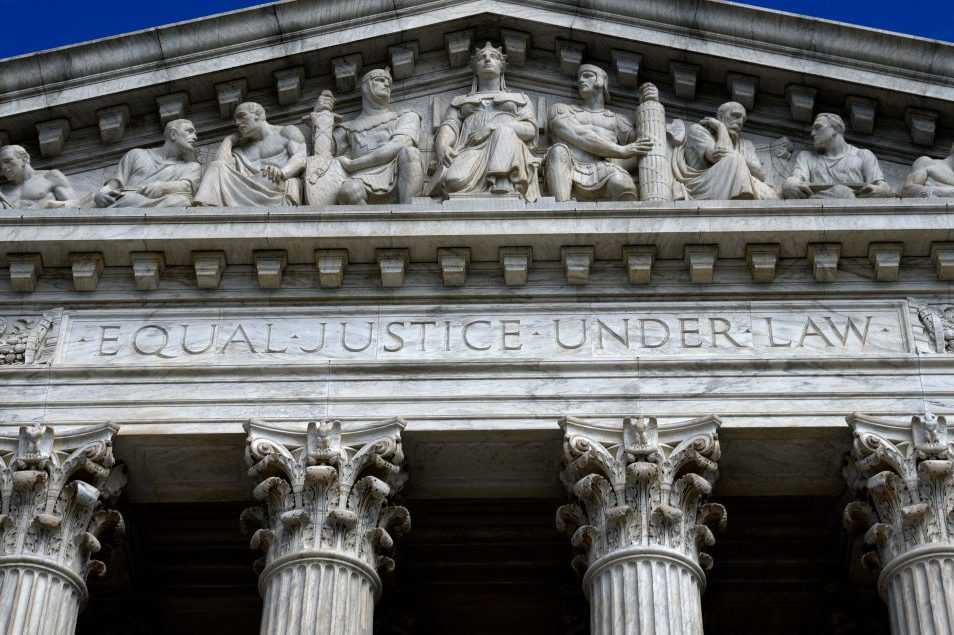There’s an expression that’s been mainstream for a couple years now that most people refer to in its abbreviated and more G-rated form as “BDE.” (I am too proper to write it out, but you can be enlightened by HuffPost here.) The term, denoting the magnetism of the manly, “strong silent type,” has apparently been around since at least 2020. But it’s been trending over the last month as Kari Lake, the Republican Arizona gubernatorial candidate, and Kim Kardashian, the reality star who recently beat Hillary Clinton at a legal knowledge trivia game (it’s not her fault; the laws don’t apply to her) both used it.
When Kardashian said her ex-boyfriend, comedian Pete Davidson, had “BDE,” the media went bonkers, pronouncing, “No wonder the funnyman dates out of his league!” When Lake applied it to Ron DeSantis and Donald Trump, however, the media reacted with “Gross! Who told the GOP about ‘BDE’?”
Double-standards and vulgar phrasing aside, BDE is an important cultural phenomenon. (And no, we aren’t talking about Anthony Weiner.) The proliferation of the term marks a full-circle comeback of masculinity, which had been canceled a few years back for being too “toxic.”
Let’s not give the left too much credit here. Progressives can’t bring themselves to admit that a man adopting traditionally male attitudes and attributes could be found attractive. And though BDE is considered a positive trait, it’s still a backhanded compliment based on objectification. It’s only okay to compliment a macho man so long as it’s reduced to a quality associated with something he can’t help (his anatomy). Can you imagine the outrage over an equivalent expression applied to, say, Kamala Harris? “Gross!”
Nonetheless, we must take victories where we can get them. Masculine males are back, baby! The war on the sexes is coming full-circle, and it’s no surprise. Look at the dating pool: 1.2 million American adults identify as “nonbinary” (still not sure what that means). The number of young adults identifying as transgender “has doubled in the past five years,” according to a study released this summer. And the number of Gen Zers identifying as “something other than straight” is pushing one in four.
So when a man who identifies as male — and who has never identified as anything but male, never played musical chairs with his sexual orientation, never questioned, “queerbaited,” or dabbled in the “guess my pronouns!” game — appears, he stands out. (In the insane left-wing world, anyway. Where I live, we just call him “guy who lives next door.”) You know, like someone with whom you could actually realize your instinctive desire to procreate and survive.
It’s a sad day when the masculine mystique becomes an anomaly. But it’s encouraging to think that the plain-speaking, self-reliant, self-assured bravery and quiet confidence exuding from the classic John Wayne-type male still strikes a chord with people. Being told you have BDE is flattering, even for a woman. It means you’ve got the nerve to stand firm in your convictions, be a leader, and take care of business without making a fuss.
The left, in their infinite wisdom and contradictory style, label “strong women” as admirable when they exhibit the traits of a virile man. Vox has applied the BDE label to Elena Kagan, Sonia Sotomayor, Angela Merkel, Cher, and Cate Blanchett. And though these women lack, shall we say, a certain femininity, none of them, so far as I know, possess a Y chromosome and the standard attachments that come with having one. Yet the BDE term recognizes that anatomy exists and inherently affects people’s behavior — a refreshing, albeit low-bar acknowledgement in our mad world.
BDE affirms that having a larger-than-average dose of man stuff has the tendency to make a man more cocksure in his beliefs and abilities and unafraid to be himself, which is the very opposite of what “gender-affirming” identity politics stirs up in those who tragically succumb to its toxicity.
Let’s encourage more BDE (and come up with a better name) and way less LGBQTIA.










